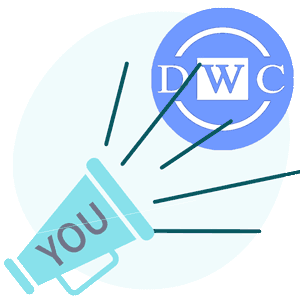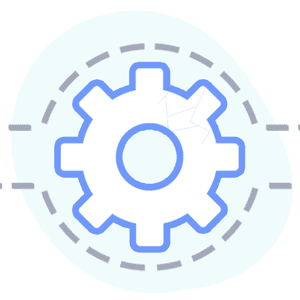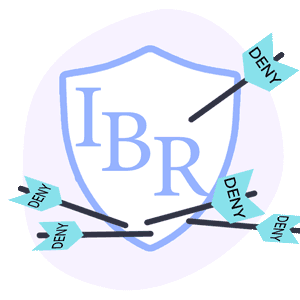Providers Respond: How to Fix CA Workers' Comp

In advance of the public meeting recently held by the Division of Workers’ Compensation (DWC), daisyBill offered a few suggestions for improving California’s workers’ comp system. As always, daisyNews readers had insights, responding with even more ways California workers’ comp can be vastly improved.
Below, we share three proposals from California providers and other workers’ comp professionals fed up with the status quo.
While daisyBill does not necessarily endorse each suggestion, they are valid, legitimate proposals worth considering. Most importantly, they reflect the frustration experienced by well-intentioned stakeholders who feel trapped in a system rigged against them.
California legislators and regulators, it’s time to read the room.
UR & Authorization
1. Make Utilization Review (UR) independent of payers.
“Physicians who do UR are paid and beholden to the insurers. This is a conflict of interest. UR should be done by physicians who are paid by an avenue other than the insurers.” - daisyNews Reader
When the payer butters the Utilization Review Organization (URO)’s bread, can UR decisions really be objectively based on the injured worker’s medical needs? While payers cannot financially reward UROs for denials, the question is still worth considering this inherent conflict that impacts the care provided to injured workers.
2. Make Second Review independent of payers.
“The SBR process is laughable. It is pure conflict of interest for the payers. Automatic form letters from the payer to the provider are generated upholding the payer's original decision, or just stating the bill is duplicate regardless of the fact the services are authorized, sent with the SBR form, and obviously not duplicative.
Insurance companies do this because they know the odds of providers having the resources to keep fighting reduce exponentially. They save billions on bean counting and this simple strategy. SBR should be done by an independent review company, not affiliated with the payer AT ANY LEVEL and should not be binding. IBR process should still be available and should include a HEAVY fine to the payer for failing to follow the law and remit proper payment; at least 25% of the amount billed, plus the usual interest and penalty imposed beginning with the date the bill was originally generated, plus the payment of the IBR fee.
LASTLY... IBR decisions should have the full weight of the law. Decisions should be in the form of a court-ordered judgment for the payment, interest, penalties, and fees.” - daisyNews Reader
At daisyBill, we see firsthand how payers can systematically deflect Second Review appeals.
While giving the claims administrator a chance to correct an error is certainly appropriate, a non-binding independent reviewer can quickly process Second Review appeals Maximus-style and recommend payment where appropriate — eliminating cynical SBR games.
3. Just stop with the MPNs already.
“On behalf of the hundreds of physicians I have worked with all over the state of California, I am writing to encourage you to either eliminate the MPN system altogether or better regulate the system. Injured workers in California have lost the ability to [see] so many qualified physicians since they are not allowed into an MPN, or because doctors have stopped seeing work comp patients due to the unfair practices of MPNs.
The State has a fee schedule that is fair, but MPNs force physicians to take a fee sometimes 20% below that fee schedule just to be allowed to treat patients…” - daisyNews Reader
This reader isn’t alone — California legislators attempted to “eliminate the MPN system altogether” and replace it with a statewide “CAMPN,” from which all California workers could choose providers. Yet somehow, last-minute machinations gutted the bill at the 11th hour, reducing it to “study” of MPNs.
Whatever (if anything) comes of the DWC meeting, California must recognize the urgency of repairing a system that feels broken to the providers who are the engine of workers’ comp. Many of the comments we receive from readers repeat a similar refrain:
“Soon, we will cease accepting WC patients because it is so time-consuming and onerous trying to get paid.”
“I hear monthly from doctors I work with that they will not be taking work comp patients any longer because of the “low pay for more work” reason.”
“We just closed our business of 35 years and were unable to sell even the branding of this business as not one surgeon wanted the part of our referral base (about 60%) that was workman’s compensation.”
California legislators and regulators, are you listening?
Protect your practice. Harness the power of daisyBill software, data, and expertise for faster, better workers’ comp billing. Reach out to learn how we can help.
CONTACT US
DaisyBill provides content as an insightful service to its readers and clients. It does not offer legal advice and cannot guarantee the accuracy or suitability of its content for a particular purpose.





.gif)
